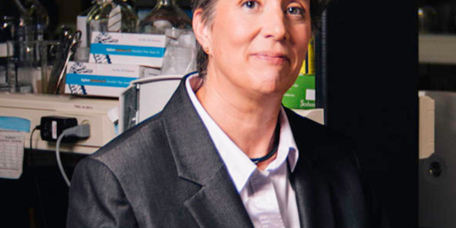The Wistar Institute
Notes from the Field: Dr. Ian Tietjen in Africa, Part One
Dr. Ian Tietjen is a Research Assistant Professor in Wistar’s Montaner Lab, where he investigates traditional African medicinal compounds’ potential for drug origination against viruses like HIV. Dr. Tietjen travels to Africa to work with tradi…
Avi Srivastava, Ph.D.
Assistant Professor, Genome Regulation and Cell Signaling Program, Ellen and Ronald Caplan Cancer Center
The Wistar Institute Recruits Dr. Avi Srivastava as Assistant Professor
PHILADELPHIA—(Sept. 7, 2023)—The Wistar Institute, an international biomedical research leader in cancer, immunology and infectious diseases, is pleased to announce the recruitment of Avi Srivastava, Ph.D., to the Ellen and Ronald Caplan Cancer Cent…
Luis J. Montaner, D.V.M., D.Phil
Executive Vice President
Director, HIV Cure and Viral Diseases Center
Herbert Kean, M.D., Family Professor
Associate Director for Shared Resources, Ellen and Ronald Caplan Cancer Center
Genome Regulation and Cell Signaling Program, Ellen and Ron…
Bin Tian, Ph.D.
Professor and Program Co-Leader, Genome Regulation and Cell Signaling Program, Ellen and Ronald Caplan Cancer Center
Director, Center for Systems & Computational Biology
Meenhard Herlyn, D.V.M., D.Sc.
Professor, Molecular and Cellular Oncogenesis Program, Ellen and Ronald Caplan Cancer Center
Director, The Wistar Institute Melanoma Research Center
Jesper Pallesen, MBA, Ph.D., Joins The Wistar Institute as Assistant Professor
The Wistar Institute, an international biomedical research leader in cancer, immunology, and infectious disease, is pleased to announce the recruitment of Jesper Pallesen, MBA, Ph.D., as assistant professor in the Vaccine & Immunotherapy Center…
Kavitha Sarma, Ph.D.
Associate Professor, Genome Regulation and Cell Signaling Program, Ellen and Ronald Caplan Cancer Center
Alex Price, Ph.D.
Assistant Professor, Genome Regulation and Cell Signaling Program, Ellen and Ronald Caplan Cancer Center
Maureen E. Murphy, Ph.D.
Deputy Director, Ellen and Ronald Caplan Cancer Center
Ira Brind Professor and Program Leader, Molecular and Cellular Oncogenesis Program
Associate Vice President for Faculty Affairs









